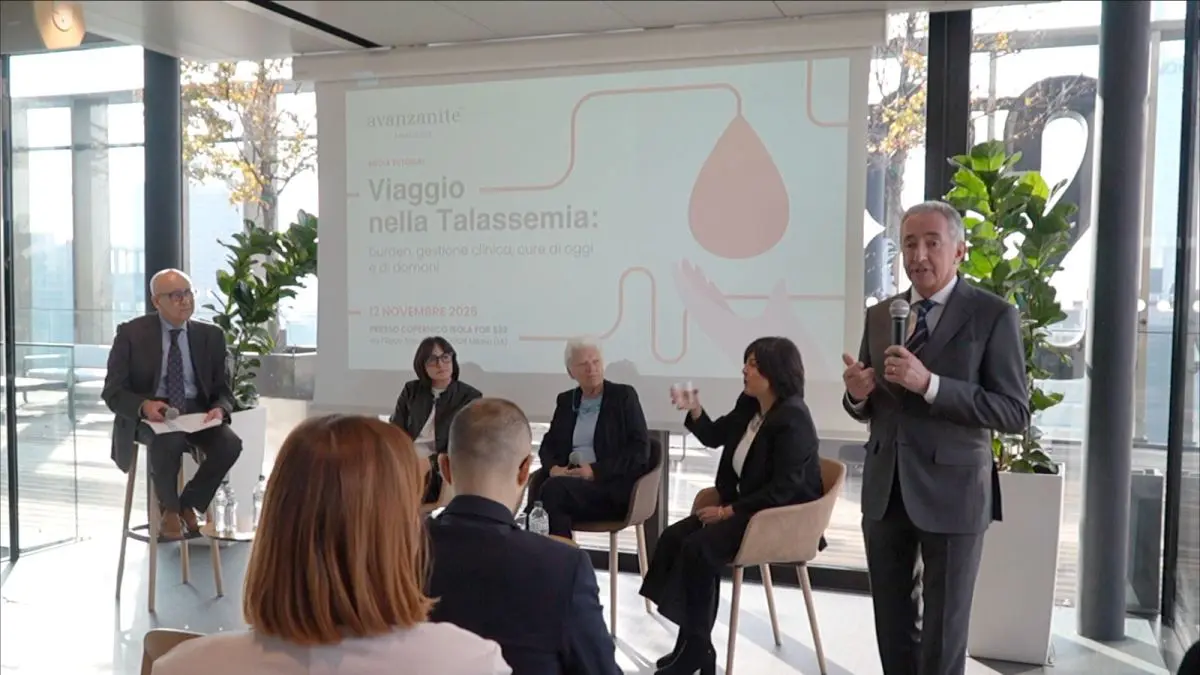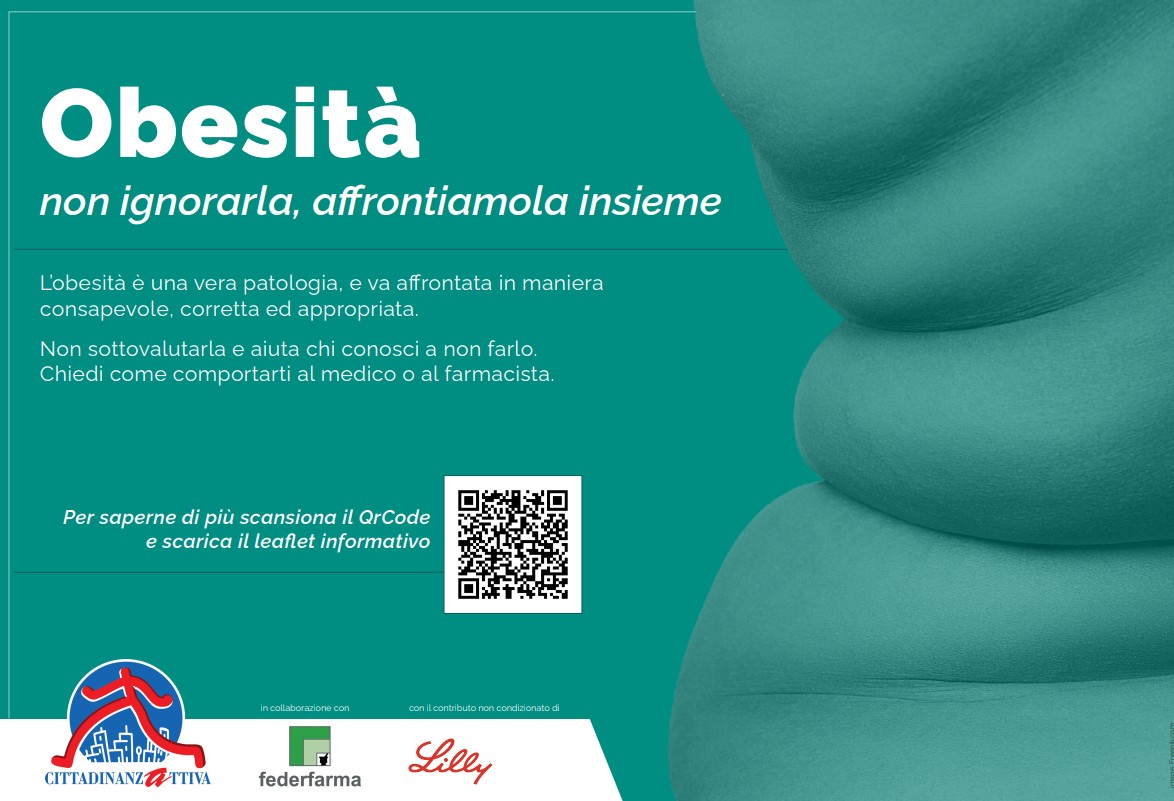MILAN (ITALPRESS) – Thalassemia is a genetic disease of blood that involves chronic anemia and can cause serious complications to the burden of different organs. In Italy, it is estimated that approximately 7,200 people live with severe forms of pathology, with a greater prevalence in Sardinia, Sicily and Calabria, and that approximately 3 million are healthy carriers of the thalassaemia tract. To take a look at the clinical and social impact of thalassaemia and therapeutic perspectives, Advanced Bioscience Italy promoted the media tutorial “Viaggio in Talassemia: burden, clinical management, today’s and tomorrow’s care”, which saw the participation of internationally renowned experts. During the meeting, specialists have deepened the evolution of clinical management of thalassaemia, from transfusion therapies to iron chelation, to new therapeutic options during development. It is a disease that includes different clinical paintings, defined according to the type of genetic mutation involved in the production of hemoglobin: a-thalassemia, linked to alterations of alpha chains, more rare in our country, and b-thalassemia, characterized by a defect in the synthesis of beta chains. 1 Moreover, depending on the severity of anemia it is possible to distinguish transfusion-dependent forms, in which patients need regular transfusions of red blood cells every 2-4 weeks to maintain adequate levels of hemoglobin and prevent organ damage, and non-transfusion-dependent forms, characterized by a less severe anemia but however associated, over time, to clinical complications related to reduced oxygenation of tissues. In recent decades, progress in transfusional therapies and iron chelation has allowed an important increase in life expectancy, which today can exceed 70 years in transfusion-dependent patients. However, the burden of the disease remains high and requires a structured and continuous approach. “Talassemia is a chronic hereditary pathology that involves not only blood, but numerous organs and apparatuses, with a significant clinical and psychological impact,” explained Maria Domenica Cappellini, Honorary Professor of Internal Medicine at the University of Milan. “Premature prevention and diagnosis have reduced the birth of new cases, but in Italy they live with this condition thousands of people who need specialist care throughout their lives. Thanks to progress in transfusion therapy and iron chelation, life expectancy has grown considerably; However, despite the improvement of survival, the quality of life must remain at the heart of our attention. The commitment is to customize care according to the age, comorbidity and clinical history of each patient, ensuring a truly global takeover”. Red blood cell transfusions are the core of therapy in transfusion-dependent thalassaemia and allow normal growth in children and the maintenance of physical and working activities in adults. However, the accumulation of iron resulting in the need for continuous ferrochelating therapy to prevent sometimes severe organ complications. Even patients with non-transfusion-dependent forms, although with a less severe anemia, can go to encounter complications that require monitoring and therapeutic interventions. “The welfare and psychological burden remains high for patients and their families,” said Filomena Longo, Director of the UOC Talassemie and Emoglobinopathy at AOU Arcispedale S. Anna in Ferrara. “The need to program regular transfusions, control of the iron overload and frequent instrumental surveillance determine an important management complexity. Moreover, the elongation of survival has led to the appearance of comorbidity such as endocrinopathy, cardiovascular complications and osteoporosis, which require a constant multidisciplinary approach. This is why a network of specialised centres is fundamental to collaborate synergistically, ensuring welfare continuity and uniformity of treatment in the national territory.” The impact of thalassaemia extends throughout the life of a patient and, in particular, the dependence on transfusions affects the everyday life of the younger, who must reconcile therapy with school, family and social activities. “For most patients the blood represents the first drug, a drug that is not bought but that allows to live”, explained Raffaella Origa, Professor of Pediatrics of the University of Cagliari. “Transfusions are intended to allow adequate growth, ensure sufficient oxygenation of tissues and reduce ineffective midollar erythropoiesis, thus contributing to contain iron intestinal absorption. However, the treatment must be accompanied by proper ferrochelating therapy to prevent organ toxicity. The therapeutic adherence, which must be maintained throughout life, is a crucial and sometimes difficult element, especially in younger patients. The research is offering new therapeutic opportunities, with drugs able to improve hemoglobin levels and reduce transfusion requirements, favoring greater autonomy and a better quality of life of patients”. Although the management of thalassaemia has made decisive steps in recent decades, the disease continues to represent a complex challenge affecting the daily life of people and which entails a significant impact in terms of health resources, hospital access and multidisciplinary takeover. The ongoing therapeutic innovations aim to further improve the control of anemia and iron overload, with the aim of making the treatment path more sustainable and to accompany patients towards better quality and life expectancy.-photo Italpress- (ITALPRESS).






